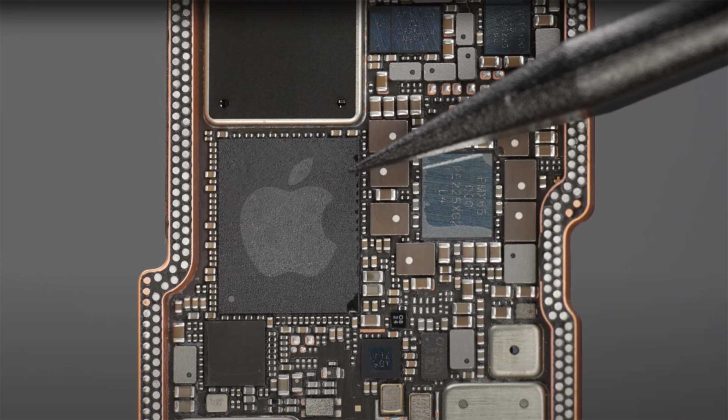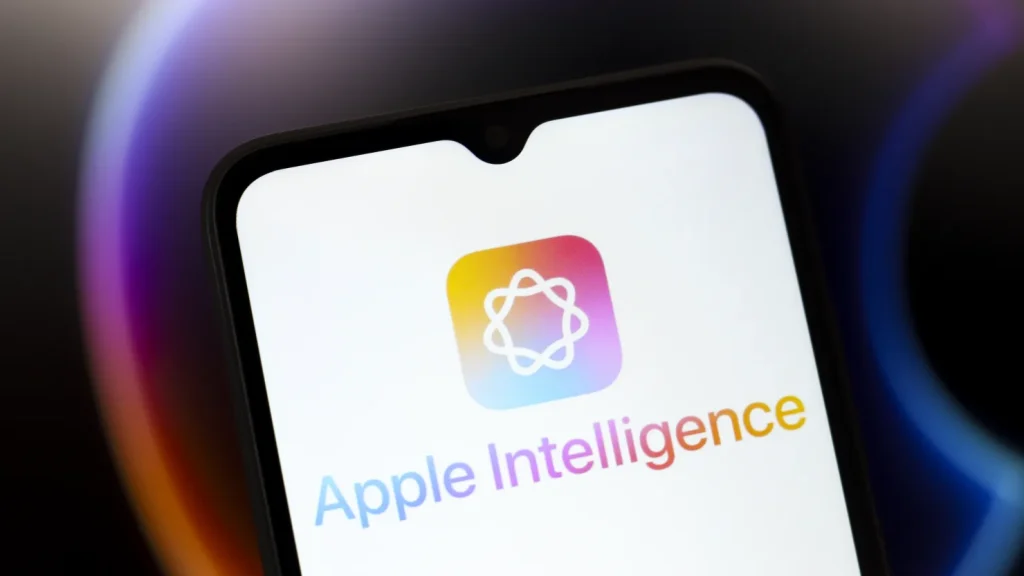Apple’s custom modems could put 5G in Macs and Vision Pro

Apple is reportedly working on developing custom 5G modems, a significant move that could bring the power of 5G connectivity to its Macs and Vision Pro augmented reality (AR) headset. This development could have far-reaching implications for Apple’s product ecosystem, making its devices more interconnected and capable of leveraging high-speed mobile data. The shift to Apple-made modems would also mark a critical step for the company as it moves towards reducing its reliance on third-party suppliers, enhancing its control over hardware and software integration.
Why Apple’s Custom 5G Modems Matter
Apple’s decision to develop its modems is part of a broader trend of the company moving toward vertical integration, a strategy where it controls more of its hardware components rather than relying on external suppliers. Currently, Apple relies on Qualcomm for the 5G modems used in its iPhones and other devices. By developing its modems, Apple could not only optimize the performance of its devices but also reduce the cost associated with purchasing components from suppliers like Qualcomm.
The key benefit of a custom 5G modem is the ability to tailor the technology to Apple’s unique needs. Apple’s devices, including the iPhone, iPad, Mac, and potentially the Vision Pro AR headset, could see improved performance in terms of connectivity, speed, and energy efficiency. Apple would also have the flexibility to implement 5G technology more seamlessly within its ecosystem, offering better integration between devices.
One of the most anticipated outcomes of Apple’s modem development is the potential for 5G connectivity in its Mac computers and the Vision Pro headset. Traditionally, Macs have relied on Wi-Fi for internet connectivity, but adding 5G could enable ultra-fast mobile data speeds, making it easier for users to work, stream, and game on the go without the need for a Wi-Fi network. Similarly, for Vision Pro, which aims to redefine the way users interact with digital content in AR, having a fast and reliable 5G connection could be crucial for delivering high-quality immersive experiences.
The Vision Pro and the Need for 5G
Apple’s Vision Pro, an augmented reality headset unveiled in 2023, is designed to bring users into a world of interactive experiences. Unlike other AR or VR devices, the Vision Pro is focused on providing a seamless integration of digital content into the physical world. It allows users to interact with apps, video, and other media in a spatial computing environment.
However, the Vision Pro’s potential to offer immersive experiences will depend heavily on its ability to access data quickly and efficiently. The device will require continuous, high-bandwidth internet access to deliver the immersive experience that Apple envisions. With its advanced computing capabilities, the Vision Pro will likely rely on cloud computing for rendering some of the more graphically intensive applications, and 5G’s low latency and high-speed capabilities could play a critical role in ensuring smooth and responsive user experiences.
Currently, standalone VR and AR devices typically rely on Wi-Fi or tethering to a computer for data. However, with 5G integration, the Vision Pro could operate more independently, enabling users to access content and applications without being confined to a Wi-Fi network or tethered to a specific device. This could further enhance the portability and functionality of the headset, making it a more versatile option for various use cases, from gaming to professional applications like remote collaboration.
The Impact on Macs and Other Devices
The introduction of 5G connectivity in Macs could also revolutionize the way people use their computers. While many Mac users rely on Wi-Fi for internet access, 5G would allow them to stay connected in places where Wi-Fi is unavailable or unreliable. This could be especially beneficial for professionals who need a fast and consistent internet connection while traveling or working remotely. Additionally, 5G-enabled Macs could provide faster download and upload speeds, benefiting users who rely on cloud-based services, such as video editing or large file transfers.
One of the more exciting prospects of 5G-enabled Macs is the potential for more advanced mobile features, such as improved video conferencing and cloud-based gaming. As 5G continues to evolve, its high bandwidth and low latency could open up new possibilities for gaming and creative professionals who require high-performance connectivity to work with complex digital content.
Moreover, Apple’s custom 5G modems could make the company’s devices more unified, creating a more consistent user experience across its product lineup. As more devices in Apple’s ecosystem become interconnected—such as the iPhone, iPad, Mac, and Vision Pro—the integration of 5G could further enhance their interoperability, allowing users to seamlessly switch between devices without sacrificing connectivity or performance.
Challenges and Roadblocks
Despite the potential benefits, the development of custom 5G modems comes with its own set of challenges. First, designing and manufacturing modems is a complex and resource-intensive process. It requires significant investment in research and development, as well as a deep understanding of 5G technology and its applications. Apple will need to ensure that its modems can meet the stringent performance, reliability, and efficiency standards expected of its products.
Additionally, the company will need to navigate regulatory hurdles related to the deployment of 5G technology. Different regions around the world have different 5G spectrum regulations and requirements, which could complicate the development and rollout of Apple’s modems. Moreover, Apple will need to continue maintaining relationships with telecom operators, which will be crucial for ensuring the success of its 5G-enabled devices in various markets.
Another challenge is ensuring that Apple’s custom 5G modems offer the same level of performance as those provided by current industry leaders, such as Qualcomm. While Apple has a strong track record of producing high-quality hardware, competing with established modem manufacturers will require significant technical expertise and innovation. However, given Apple’s history of producing high-performance components, such as its A-series chips and M-series processors, there is reason to believe that the company could succeed in this endeavor.
What’s Next for Apple’s 5G Plans?
Apple’s progress in developing custom 5G modems is still in the early stages, and it will likely take several years before the company’s modems are integrated into all of its devices. However, the move represents an exciting step in Apple’s strategy of vertical integration, which aims to give the company more control over its hardware and software ecosystems. This could also enable the company to offer unique features and performance advantages that set its devices apart from competitors.
For now, Apple continues to rely on Qualcomm for 5G modems in its current devices, such as the iPhone 15. But the company’s push toward developing its own modems signals its long-term commitment to building out its custom components. Over the next few years, we may see the first products—such as the Vision Pro headset and certain Mac models—integrating Apple’s 5G modems, which could further enhance the performance and functionality of these devices.
Apple’s custom 5G modems could play a crucial role in the future of its product ecosystem, enabling faster, more reliable mobile connectivity for a range of devices, from the Vision Pro to Mac computers. By reducing its reliance on third-party suppliers like Qualcomm, Apple would gain more control over the integration of its devices, offering users a more seamless and efficient experience. As the development of custom 5G modems progresses, the possibilities for innovation in Apple’s product lineup are vast, and the company’s ongoing focus on vertical integration could help it stay at the forefront of the tech industry.






